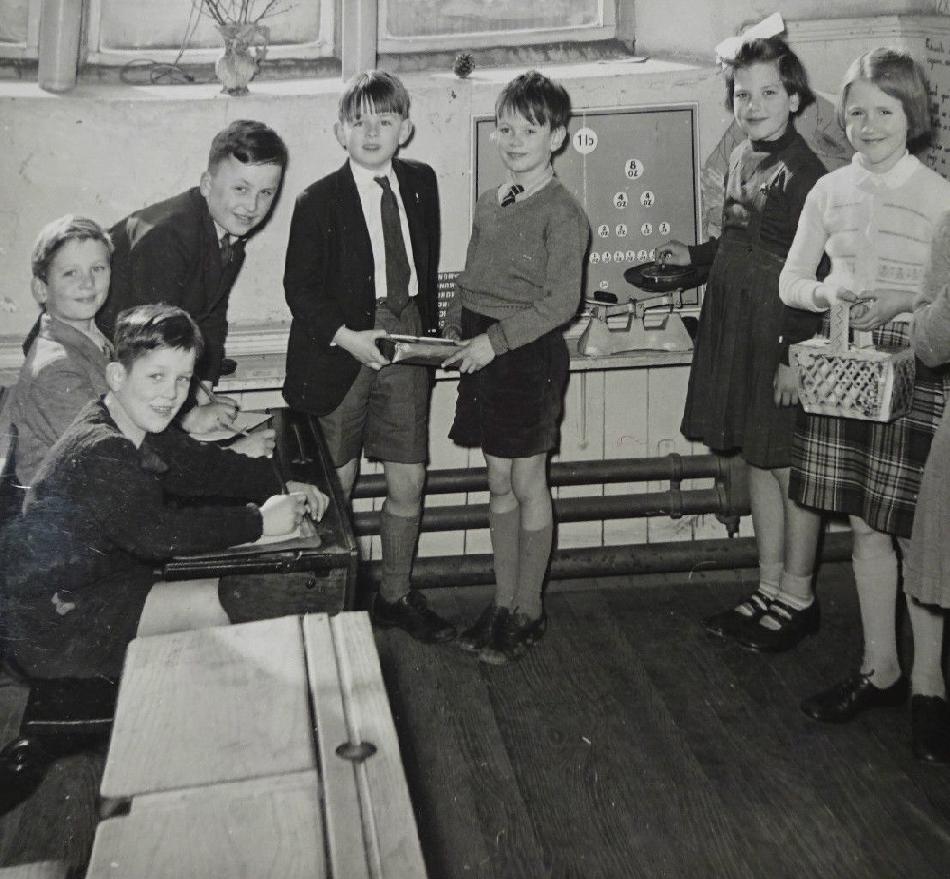
Figure 1.--This is an unidentified Welsh stae primary school, we think in the 1960s. By this time, Welsh and English shools were virtually indestinguishable. |

|
We do not have a lot of information on Welsh education. Notman King Edward I conquered Wales during the lat-medieval era (13th century) before schools outside the church exited. As a result, the history of education in Wales is virtually identical to that of England. Thus the differences like those beteem Scotland, which more sucessfully resisted, and Englnd did not develop in Wales. The principal difference that we can see are is the Welsh language and the economic diffrences between Wales and England. There also seems to have been a somewhat different church role. Perhaps our Welsh reders will be ble to tell us more. But by the mid-20th century s far as we can see, the differnces Wales and England were virtually indistinuishable, except for some limuted welsh lnguage instruction in the schools. Since devolution, education policy in the four constituent countries of Britain have begun to diverge to some extent, but differences between England and Wales are still minimal.
Wales was conquered by the Normans in the 12th-13th century before the development of either the English or British education system. Thus education developed in Wales along the same pattern as in England. Schooling was a luxury in the Middle Ages reserved for a privlidged few. What schooling was to be had, was conducted by the Church and until Henry VIII and the Reformation would have been conducted in Latin as was the case throughout the Christain world.
Education in Wales has always been a complicated matter. At one time the vast majority of children received their education through
Christianity. However, unlike England, the main source was the Chapels and not the Church. During the 18th century, John Griffiths set up many Sunday schools in Wales to teach the Welsh how to read and write in Welsh, bringing mass literacy to Wales, something not seen in England until the late 19th century. A Welsh reader writes, "The Welsh Sunday schools in the 18th century came about after noncomformity and the chapels began to dominate Welsh life (the chapels did dominate Welsh life right up until the middle of the 20th century) with their firebrand preaching. The literacy (in Welsh, not English) in Wales led to many Welsh books being printed and many households owning their own Bibles." [Morgan]
A census of education in Wales was carried out in 1847 which become known in Wales as Brad y llyfrau Gleision (The Treachery of the Blue Books). The census
refused to visit Non-conformist (chapel) schools and the census takers knew no word of Welsh. Therefore when asking questions to the Welsh only children there was no reply. This was put down to stupidness!! The final conclusion was that the non-conformists, and more importantly the Welsh language made children stupid. [Aaron] The result of this was the introduction of the "Welsh Not". Any child overheard talking Welsh in school was given a piece of wood with WN on it. If they overheard another child speaking Welsh they were to pass it on. Whoever had the WN at the end of the week was punished. Not only did this stop most children talking the language, it also pitted one child against another! [Aaron] With the advent of state-financed public education in the late 19th century, the inroads of the English language into Wales increased. As far as we know, all of the state financed schools like National Schools conducted classes in English and insisted that only English was spoken. One of these national schools is depicted in book and film form in How Green is My Valley.
We note National Schools by the World War I era in which the National Schools appear to be promoting the Welsh language. We are not sure of the time line associated with language policies. The modern Welsh education system is essentially the same as that in England. Children begin in nursery school (3 - 5 years). Primary school is divided into two sections: Infants (5 - 7 years) and Junior (8 - 11 years). Secondaty school follows (12- 18 years). County Primary (CP) and, of course, Junior Mixed & Infants (JM&I) Schools, usually contain separate Infant and Junior Departments (sometimes with separate Head Teachers). However, they may occasionally be entirely separate. The word County indicates that the school is managed and financed entirely by the Local Authority; alternatively, the word County will sometimes be substituted by CE or C of E (indicating that it is a Church of England school) or RC (indicating that it is a Roman Catholic School) - these will be managed by the Church authorities though many aspects of its curricular and financial management will still be overseen by the Local Authority. The term Local Authority (or LA) will sometimes be referred to as Local Education Authority (LEA). Some areas of England and Wales have another system where schools are arranged on the following basis: First School (5 - 8 years), Middle School (9 - 13 years, and Senior or Secondary Schools (14-18 years).
Related Chronolgy Pages in the Boys' Historical Web Site
[The 1880s]
[The 1890s]
[The 1900s]
[The 1910s]
[The 1920s]
[The 1930s]
[The 1940s]
[The 1930s]
[The 1940s]
[The 1950s]
[The 1960s]
[The 1970s]
[The 1980s]
Related Style Pages in the Boys' Historical Web Site
[Long pants suits]
[Knicker suits]
[Kneepants]
[Short pants suits]
[Socks]
[Eton suits]
[Jacket and trousers]
[Blazer]
[School sandals]
[Flat caps]
[Sailor suits]
[Pinafores]
[Long stockings]
Navigate the HBC School Section
[Return to the Main Welsh school page]
[Return to the Main Welsh page]
[Return to the Main U.K. page]
[Return to the Main school country page]
[About Us]
[Activities]
[Chronology]
[Clothing styles]
[Countries]
[Debate]
[Economics]
[Garment]
[Gender]
[Hair]
[History]
[Home trends]
[Literary characters]
[School types]
[Significance]
[Transport and travel
[Uniform regulations]
[Year level]
[Other topics]
[Images]
[Links]
[Registration]
[Tools]
[Return to the Historic Boys' School Home]
